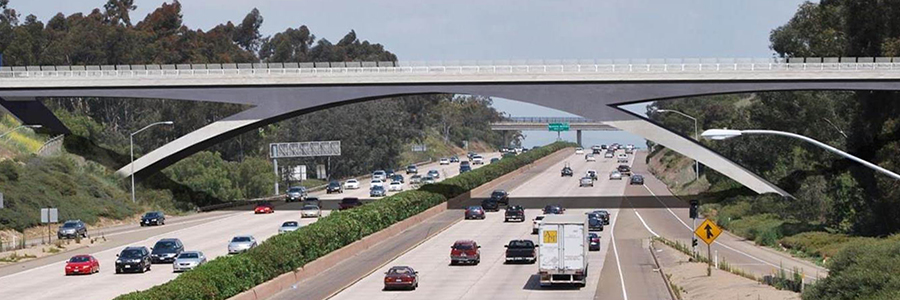Readers of REVITALIZATION know that when the subject of infrastructure comes up, it usually from one of four perspectives:
- Removing (or capping) badly-planned city center highways to reconnect neighborhoods;
- Removing waterfront highways to reconnect cities to their water;
- Repurposing old infrastructure that has outlived its original function (such as New York City’s spectacular High Line Park); or
- Replacing antiquated infrastructure with more-sustainable new technologies, such as moving from fossil fuels to renewables for energy generation.
But, even in an older city, completely new infrastructure is sometimes needed to reconnect places. As pointed out in the Resilience Success Guide, the three words that are at the heart of most successful community revitalization efforts are repurpose, renew, and reconnect.
But sometimes, there’s nothing to repurpose or renew, and all that’s needed to bring new life and functionality to a place is better connectivity. Such is the case on the University of California – San Diego campus.
On November 30, 2017, the first concrete was poured to create the Gilman Drive Bridge, an iconic new crossing that will soon gracefully span Interstate 5 (I-5) just north of the La Jolla Village Drive interchange.
The new bridge will provide a much-needed connection between Gilman Drive on UC San Diego’s west campus and Medical Center Drive on the east campus. This first concrete pour will form the bridge’s distinctive arches.
The Gilman Drive Bridge will help ease traffic flow by allowing travelers to go from one side of campus to the other without using already-congested roads such as La Jolla Village Drive and Genesee Avenue. To facilitate smooth traffic flow, the bridge and nearby intersections will have three lanes – one lane of traffic in each direction with a protected left-hand turn lane. Sidewalks and bicycle lanes also will be incorporated to provide safe access for bicycles and pedestrians.
The construction of this $20.6 million project is a joint effort between the San Diego Association of Governments (SANDAG), UC San Diego, and the California Department of Transportation (Caltrans). It is funded through a combination of local and private funding sources, including approximately $15.3 million from TransNet, the regional half-cent sales tax for transportation administered by SANDAG.
Concurrent with this project, SANDAG is designing and constructing the Mid-Coast Trolley project, an 11-mile extension of the San Diego Trolley Blue Line that will run north along I-5 from Old Town to UC San Diego and University City.
The San Diego Association of Governments (SANDAG) is the San Diego region’s primary public planning, transportation, and research agency, providing the public forum for regional policy decisions about growth, transportation planning and construction, environmental management, housing, open space, energy, public safety, and binational topics. SANDAG is governed by a Board of Directors composed of mayors, council members, and supervisors from each of the region’s 18 cities and the county government.
Construction on the Gilman Drive Bridge is anticipated to be completed in 2019.
Rendering courtesy of SANDAG.

